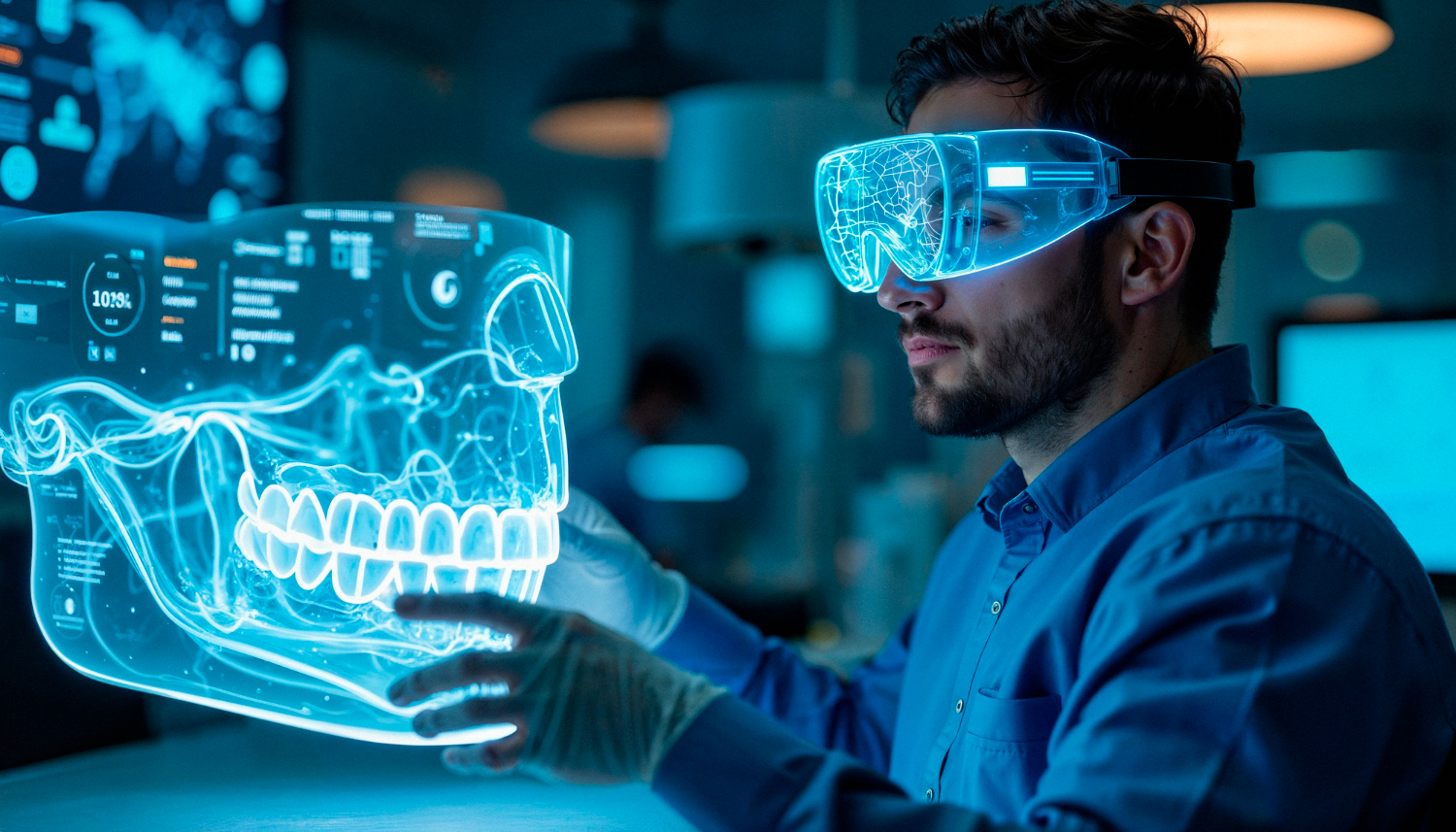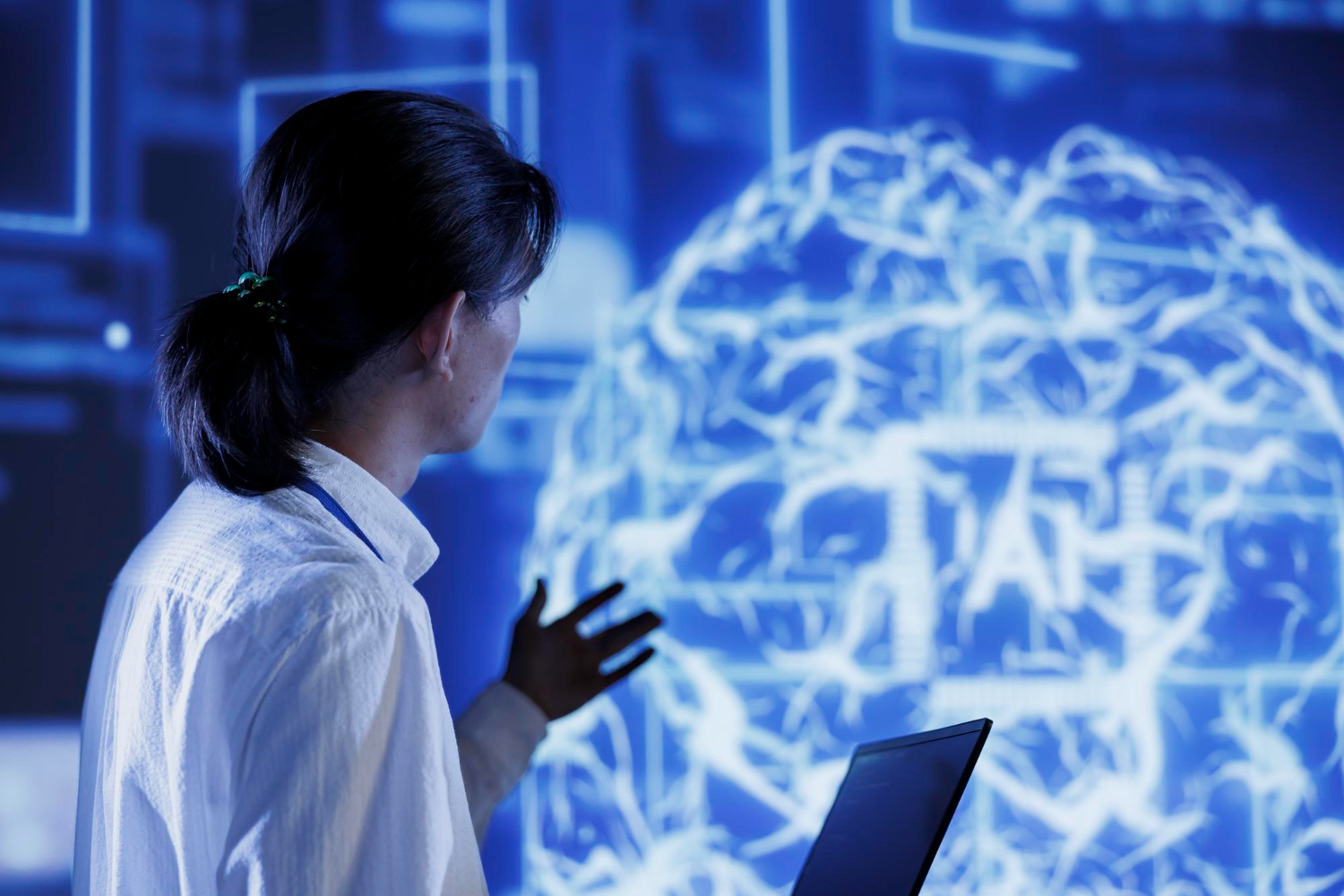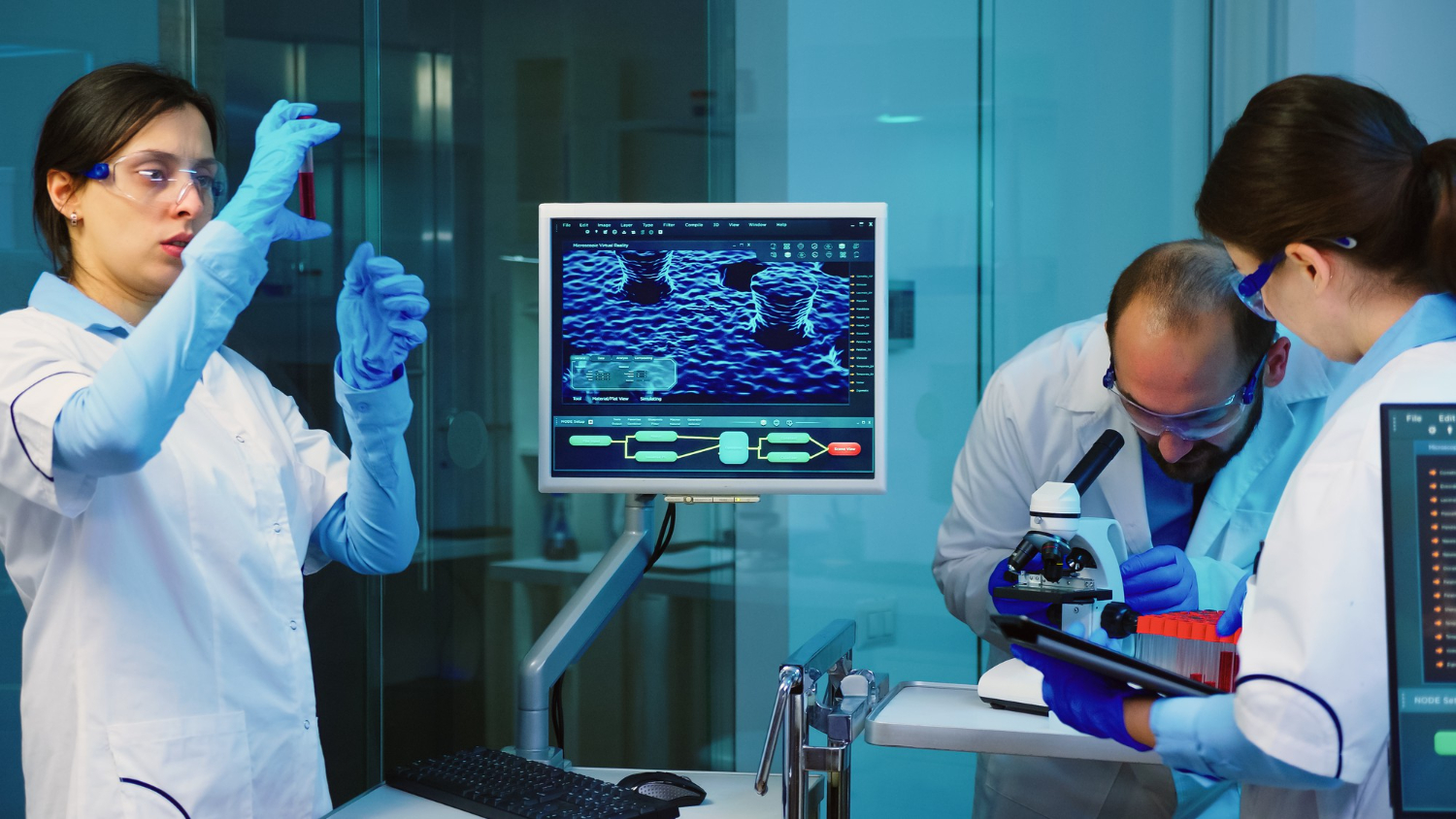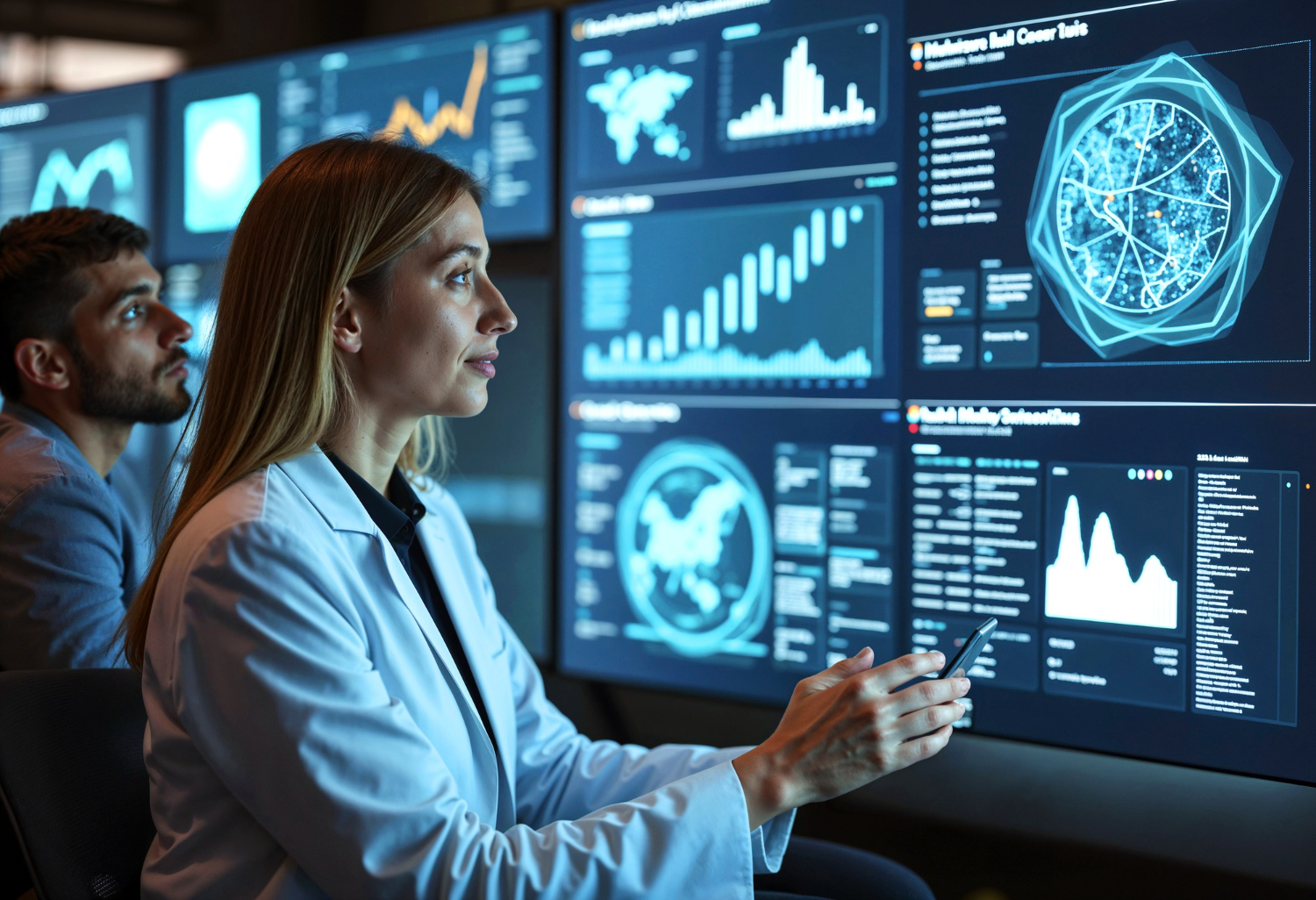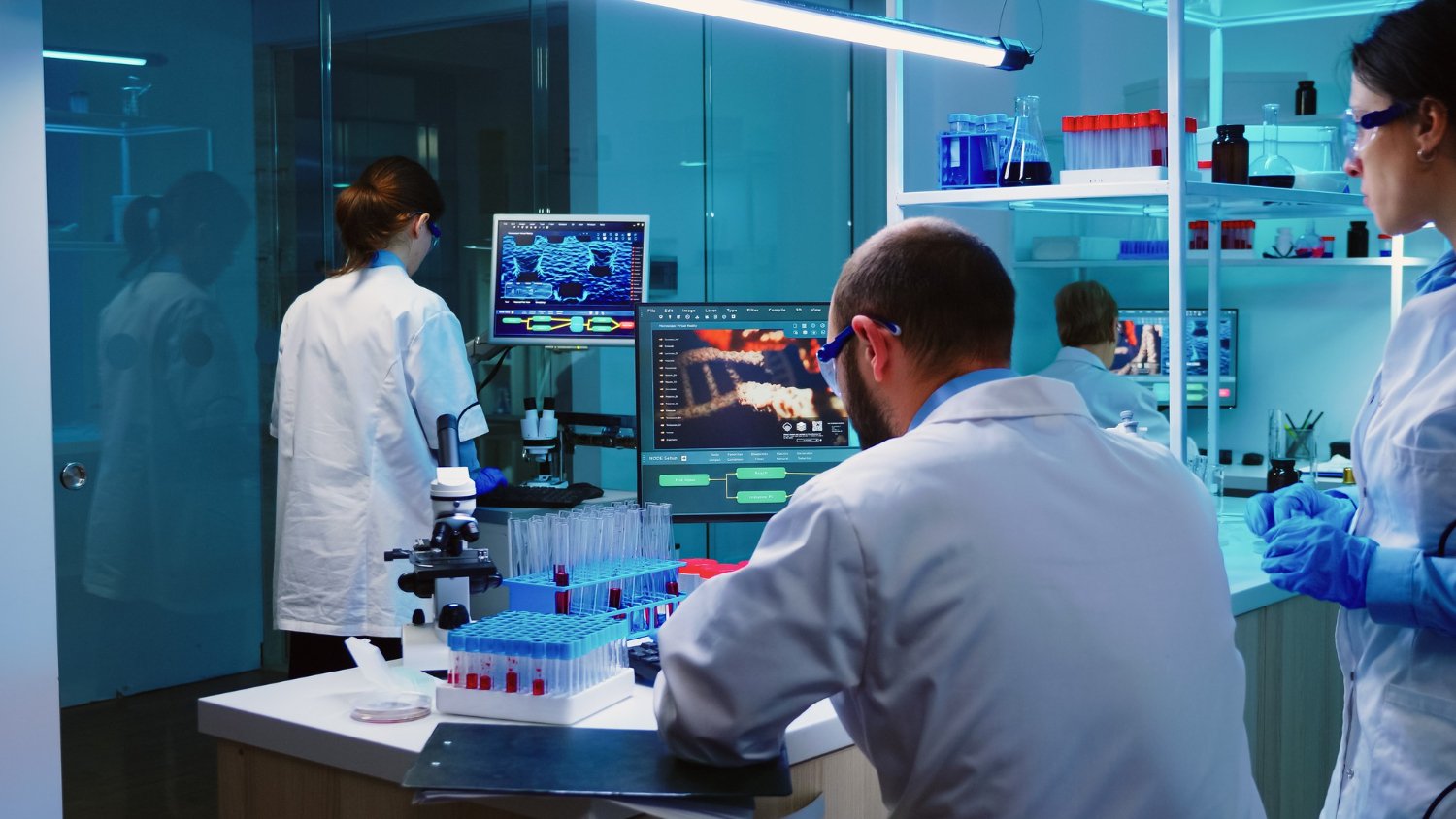Introduction
It’s amazing how we’ve come from traditional maps and compasses to pinpointing our exact spot on the globe with just a few taps on a screen. GPS was a game-changer back then, but artificial intelligence (AI) is taking things to the next level.
Nowadays, navigation systems are about more than getting from point A to point B. It’s about finding the smartest, safest way to navigate from A to B. AI makes this possible by integrating layers of complex data and applying sophisticated algorithms. For instance, Google Maps provides over 20 billion kilometres of directions daily with AI, reimagining how trips are planned and executed. AI can analyse traffic in real time. It can predict and warn about potential delays ahead. Additionally, AI can suggest the fastest routes for your journey. It does all this while considering various factors like weather and roadworks.
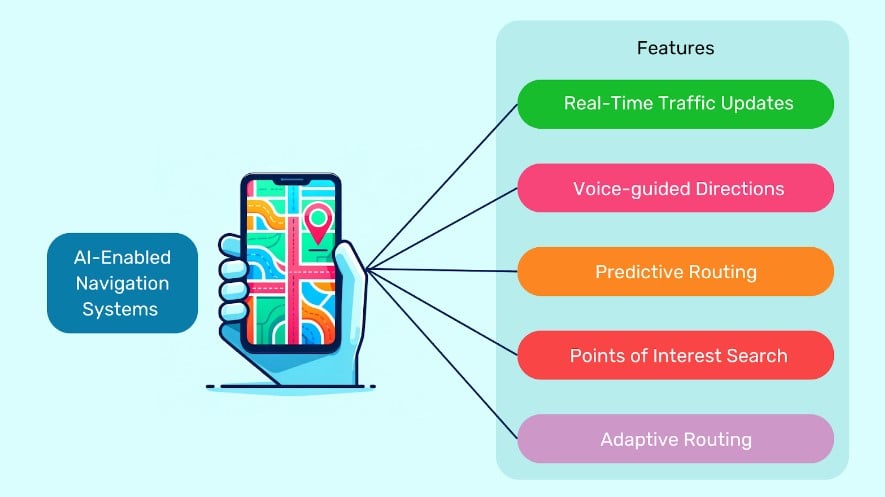
Moreover, AI-powered systems learn from past travel patterns to offer personalised route recommendations that can save time and fuel. These AI advancements show a significant change from the traditional, unchanging maps. Google Maps’ AI-based features like Immersive View for routes, which fuse billions of Street View and aerial images, and Lens in Maps, which uses augmented reality for local information, are clear examples of this transformation. It’s a clear sign of how AI is reinventing how we navigate.
This article explores the core AI technologies that help make navigation strides, like computer vision, generative AI, GPU performance engineering, and IoT edge computing. We’ll see how these technologies are applied in systems like Google Maps, which uses AI to identify hard-braking events and suggest safer routes, potentially eliminating over 100 million hard-braking events annually. And we’ll also briefly discuss the future of AI in navigation systems. By the end, you’ll see how AI is changing and fundamentally transforming how we navigate.
AI Technologies in Modern Navigation Systems
Modern navigation systems have become much more advanced with the help of different AI technologies. These tech innovations collaborate to enhance navigation accuracy and overall utility.
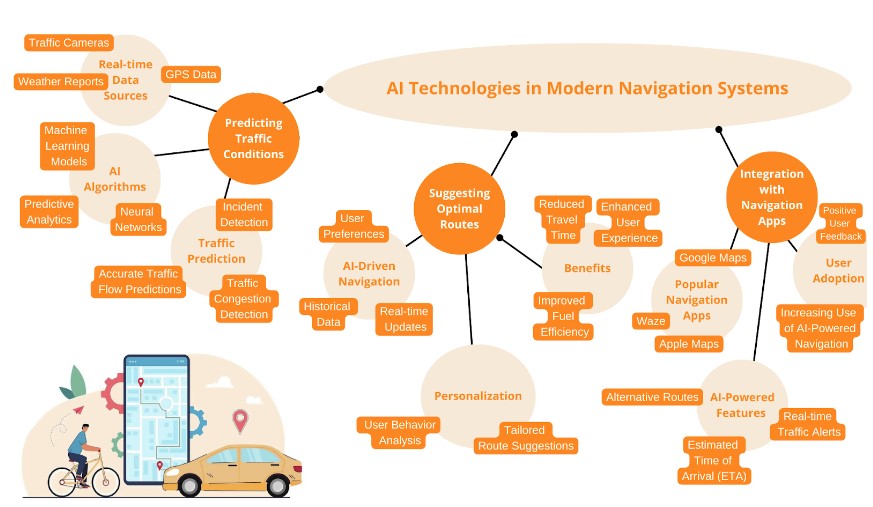
In the following sections, we’ll explore these technologies in more detail and see how they work together to improve navigation.
Computer Vision and GPU Performance Engineering in Real-Time Route Optimisation
The central element of AI-enabled navigation systems is their ability to calculate optimised routes in real-time. This ability is powered by computer vision and GPU performance engineering. Computer Vision uses algorithms like convolutional neural networks (CNNs) and deep learning models. These algorithms analyse environmental visual data to identify traffic patterns and obstacles.
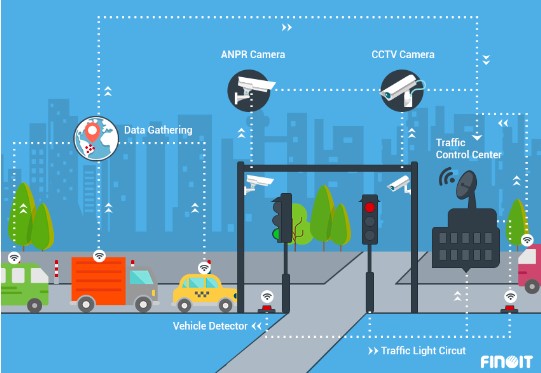
CNNs and deep learning models are particularly skilled in processing complex imagery. This skill is vital for real-time decision-making in navigation systems. For example, these models can distinguish between stationary objects and moving vehicles in dense traffic, enabling them to extract relevant information from raw visuals. This extraction allows for prompt and accurate route adjustments. These adjustments respond effectively to changing traffic conditions.
When computer vision is integrated with GPU Performance Engineering, these insights are processed rapidly, enabling systems to adjust routes dynamically based on actual conditions. NVIDIA’s approach in AI-enabled navigation systems is a great example of the effective use of computer vision and GPU performance engineering. They use technologies like NVIDIA cuOpt for Isaac Sim to enhance robot route planning. This technology allows for the processing of complex data as events unfold.
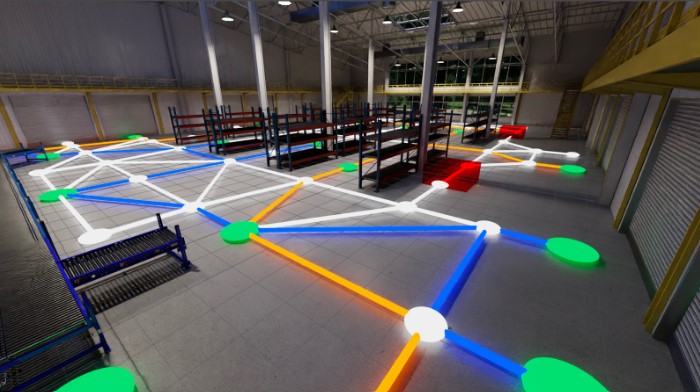
Moreover, this advancement aligns with NVIDIA’s AI workflow for route optimisation. NVIDIA’s GPUs are specifically designed for high-performance computing. They can process vast amounts of visual data rapidly. This capability transforms raw traffic data into actionable insights, making navigation systems quicker and more responsive to real-world road conditions.

Computer vision and GPU performance engineering pave the way for the next area of AI navigation innovations: generative AI for predictive analytics.
Generative AI for Predictive Analytics
While Computer vision and GPU performance engineering help us react, generative AI for predictive analytics helps us anticipate future traffic patterns and obstacles. Generative AI in predictive analytics for navigation works by analysing vast datasets. These datasets could include historical traffic patterns, weather conditions, and user behaviour. This data is used to generate models that predict future traffic scenarios. These models can forecast potential congestion, accidents, or other disruptions, allowing AI to suggest the most efficient routes. Along the same lines, these models can assist with creating personalised suggestions.
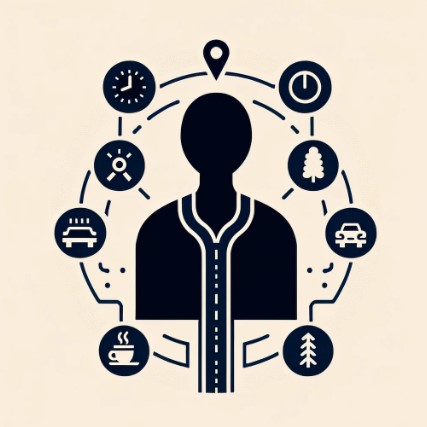
Generative AI algorithms can analyse the user’s data, encompassing past routes taken and personal preferences. This analysis enables the generative model to understand and predict the user’s typical travel patterns and preferences, such as favoured times for commuting, preferred road types, or frequent destinations. By integrating personalised data, AI-enabled navigation systems can offer efficient route options tailored to the user’s habitual behaviour. This personalised touch to the AI-enabled navigation system enhances the overall user experience and satisfaction.
So far, we’ve discussed the dynamics of a navigation system optimising routes for a single user. However, the real game-changer in navigation is applying the Internet of Things (IoT) and edge computing to connected navigation systems. These technologies are critical in gathering and processing the vast data required for such advanced navigation solutions.
IoT and Edge Computing for Connected Navigation
IoT devices deployed across urban landscapes are vital in collecting real-time data to create a comprehensive picture of traffic conditions and patterns. In densely populated urban environments, like central London or New York, tens of thousands of IoT devices can operate efficiently, even in scenarios with high device density. These devices include sensors for monitoring parameters such as vehicle movement, traffic flow, and environmental factors like weather conditions.
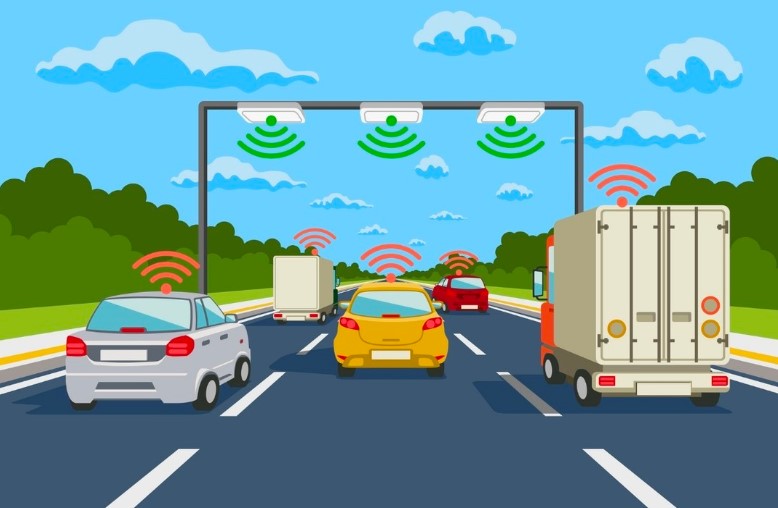
Edge Computing comes into play by processing this data closer to the source. This reduces latency and the need for data to travel back and forth to a central server. This near-instant processing capability allows for quicker response times in navigation systems.
Furthermore, integrating edge computing with 5G technology is crucial for the rapid development and deployment of advanced connected-car applications. With 5G’s capability to support up to a million connections per square kilometre, this technology can efficiently handle numerous concurrent connections. It includes cars on the road and connected infrastructure endpoints and end-user devices.
Such a robust connection density virtually eliminates the risk of cars and other devices inadvertently losing mobile network connectivity due to a high number of connections. As a result, the synergy between edge computing and 5G is expected to significantly enhance the value and efficiency of these systems by 2030, representing a notable advancement from their capabilities in 2020.
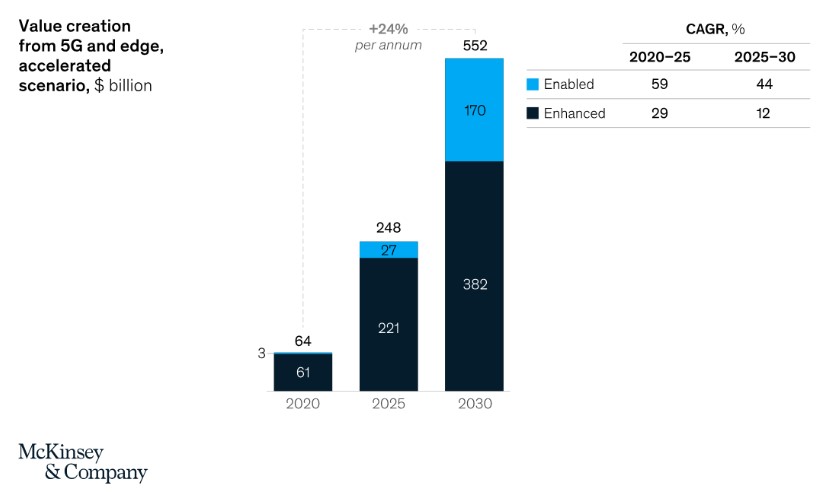
By using IoT and edge computing, navigation systems can more effectively manage and optimise routes not just for one user, but across an entire network. This leads to more efficient traffic management, reduced congestion, and a smoother travel experience for everyone on the road.
Planning International Trips With the Help of AI
Using AI for navigation to optimise your routes isn’t limited to day-to-day commutes and traveling within your hometown. You can also use AI to help plan your international trips and vacations! You can think of it like having a smart, globe-trotting friend in your pocket. There are apps that know your personal preferences, like a love for quaint cafes or a preference for non-touristy spots.
These apps take the guesswork out of planning. AI can instantly sift through mountains of data to tailor your itinerary perfectly to your tastes. You can relax without worrying about the nitty-gritty details, like flight timings and hotel bookings. Also, when you are on vacation and wandering through new cities, these AI services can spontaneously suggest hidden gems based on your location and time of day! And in moments of uncertainty, whether it’s language barriers or navigating local customs, you can have instant advice, making foreign lands feel a little more like home. AI can be your travel guide who’s always one step ahead, ensuring your trip is planned seamlessly.
Innovative Features and Future Trends
The latest advancements in AI-based navigation systems are quite a game-changer, especially for autonomous vehicles like drones and self-driving cars. Advanced AI path-planning software propels these innovations. This software is ingeniously designed to model environments in 4-D. Traditional 3D models represent space in length, width, and height. The addition of the fourth dimension, time, transforms these static models into dynamic systems. This means the software needs to understand the environment’s structure and how it changes over time.
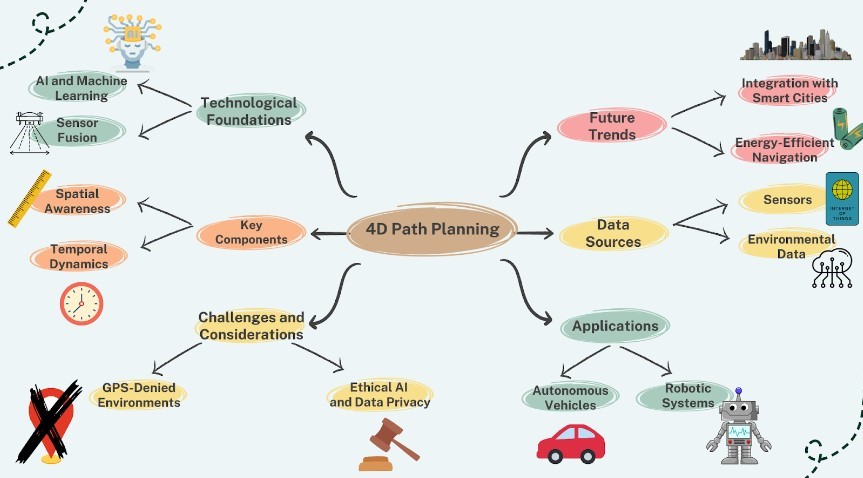
By accounting for ever-changing conditions and obstacles, vehicles can adjust to their surroundings in real time. This adaptability is crucial and especially valuable in environments where GPS signals are weak or unavailable. This represents a huge stride towards improving safety, efficiency, and decision-making in navigating complex environments.
As AI systems gain popularity in navigation, ethical considerations and data privacy are becoming increasingly important. The focus is ensuring these systems operate ethically and respect user privacy. This aspect of ethical AI is a vital consideration in the ongoing development and deployment of these technologies.
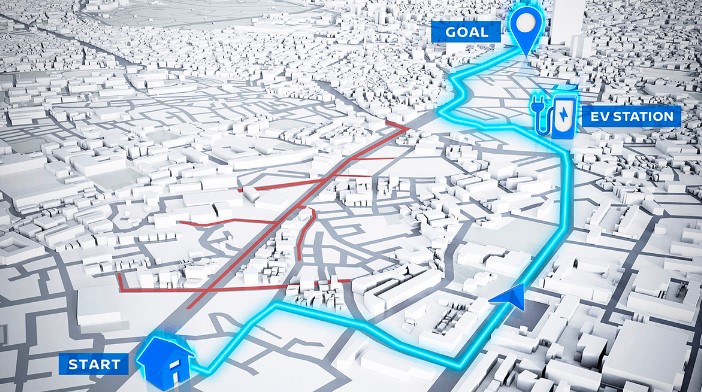
Furthermore, AI-based navigation systems now prioritise energy-efficient route planning for electric and hybrid vehicles. This approach involves considering factors such as battery range, the locations of charging stations, and overall energy consumption patterns. Such advancements enhance navigation systems’ functionality and contribute to more sustainable and environmentally friendly transportation solutions.
What We Can Offer as TechnoLynx
TechnoLynx is a leading software research and development consulting company that empowers enterprises with custom-built AI-enabled systems. Our expertise in computer vision, generative AI, GPU performance engineering, and IoT edge computing allows us to create optimised, sustainable, and personalised solutions. Our systems excel in understanding complex scenarios, streamlining processing, and delivering insights in real-time.
Our commitment at TechnoLynx extends beyond the mere application of technology. We believe in pushing the boundaries of AI in navigation. For more detailed information about our contributions and services, visit the TechnoLynx website.
Conclusion
Navigation systems have evolved from traditional map-based guidance to dynamic, AI-driven route optimisation. AI technologies have transformed navigation, integrating layers of complex data and sophisticated algorithms to enhance the travel experience. Examples of these advancements are systems like Google Maps, which, through AI can analyse traffic in real time, predict delays, and suggest the fastest routes considering various factors such as weather and roadworks. The latest advancements in AI-based navigation systems related to autonomous vehicles and drones have been remarkable. These systems now incorporate 4D path planning, which accounts for spatial dimensions and the crucial element of time, allowing vehicles to adjust to their surroundings in real time. This progress represents a significant leap in navigation technology, improving safety, efficiency, and decision-making in complex environments.
TechnoLynx emerges as a leader in this field, leveraging its expertise in AI to develop optimised, sustainable, and personalised navigation solutions. Our work in computer vision, generative AI, GPU performance engineering, and IoT edge computing showcase the potential of AI in transforming navigation systems. In conclusion, the impact of AI on navigation systems is profound, offering smarter, safer, and more efficient ways to navigate.
Sources for the images:
-
Arejola, P., Burkacky, O., Deichmann, J., Ganguly, G., Khan, A., & Wrulich, M. (2022). The future of automotive computing: Cloud and edge. McKinsey & Company.
-
Nissan (n.d) Intelligent Route Planner.
-
NVIDIA (n.d) Nvidia route optimisation AI workflow. Available here.
-
Poonkuzhale, K. (n.d) IOT in transportation: Solve traffic snarls via Smart Traffic Control Applications Performix. Available here.
-
Praveen, K. (2019) How IoT and big data are driving smart traffic management and smart cities LinkedIn. Available here.
-
Rapacki, E. (2023) Optimizing Robot Route Planning with NVIDIA cuOpt for Isaac Sim NVIDIA. Available here.


